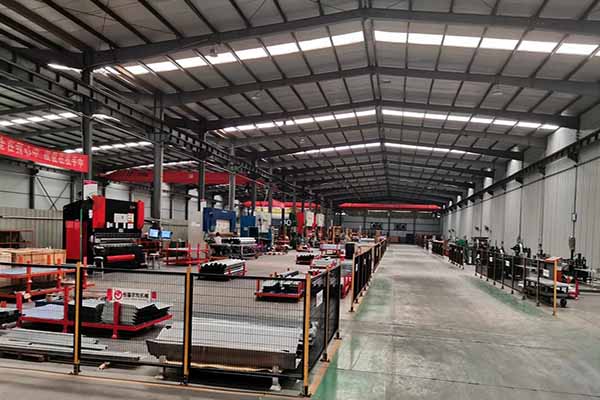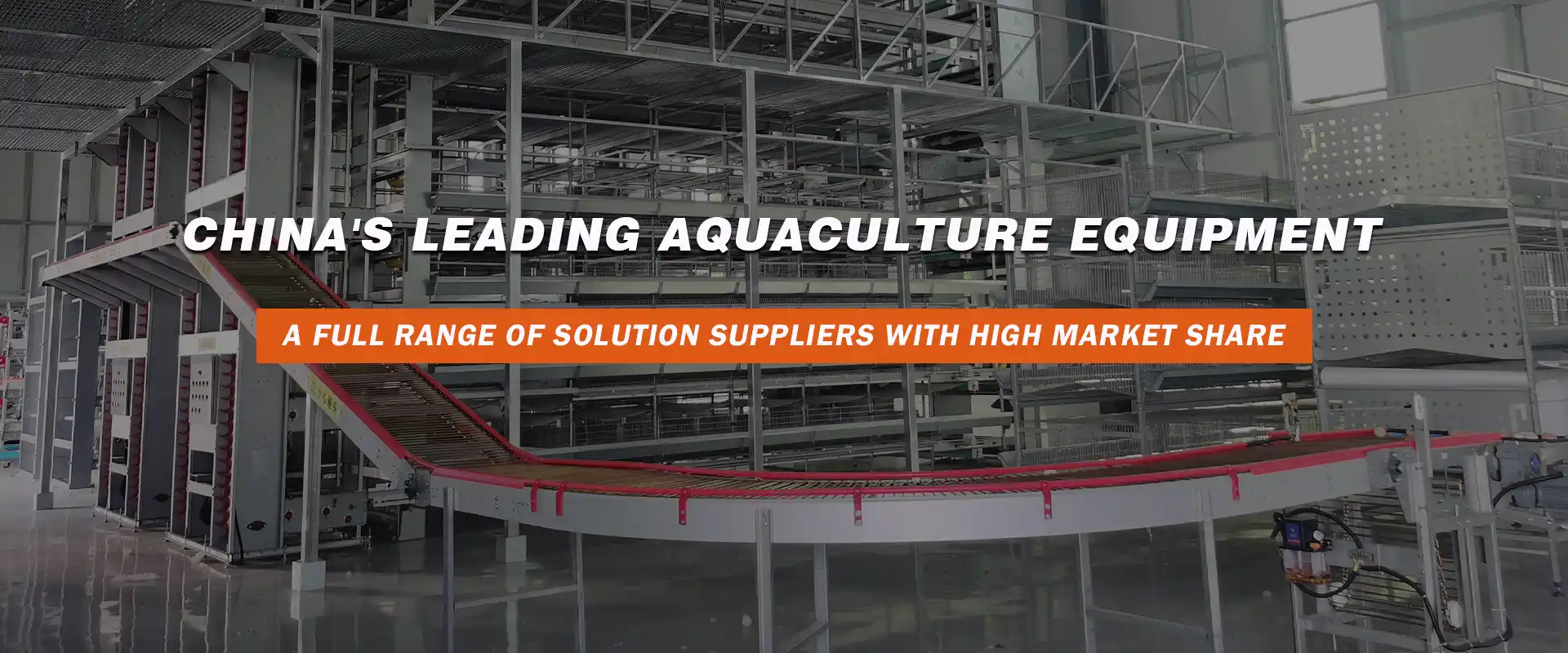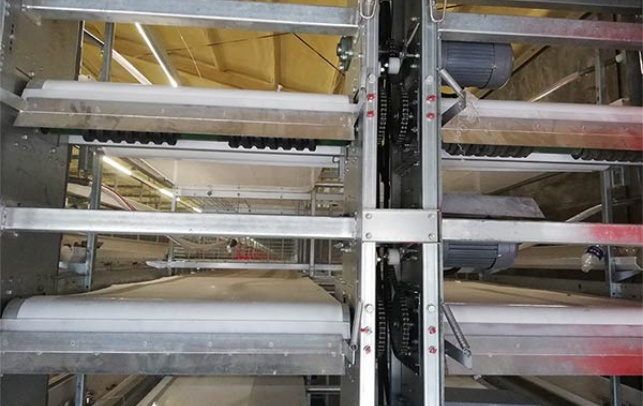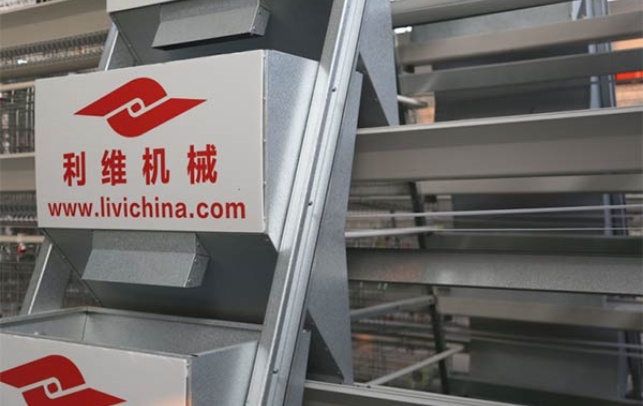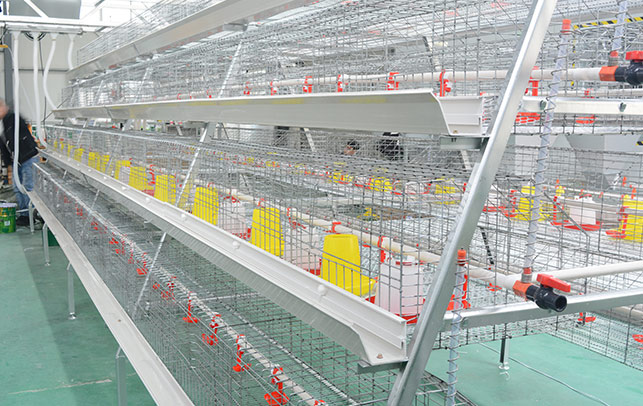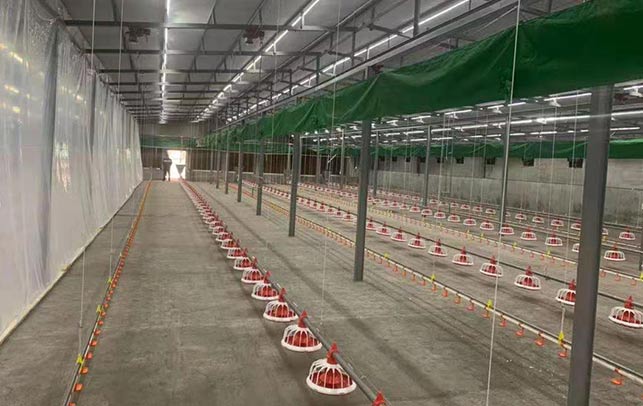Ranking of Cost-Effectiveness of Automated Equipment for Tanzanian Chicken Farms
Time : 2025-07-25
As a leading poultry equipment manufacturer from China, Livi Machinery understands the importance of cost-effectiveness in the poultry industry, especially for farms in Tanzania. In this article, we delve into the ranking of cost-effectiveness of automated equipment for Tanzanian chicken farms, providing insights and practical advice to help farmers make informed decisions.
Introduction to Automated Equipment for Chicken Farms
Automated equipment has revolutionized the poultry industry, offering numerous benefits such as increased productivity, reduced labor costs, and improved biosecurity. In Tanzania, where the poultry industry is rapidly growing, investing in automated equipment can significantly enhance farm operations.
Factors Influencing Cost-Effectiveness
When ranking the cost-effectiveness of automated equipment for Tanzanian chicken farms, several factors come into play:
1. Initial Investment Cost: The upfront cost of purchasing automated equipment is a crucial factor. It’s essential to consider the long-term benefits against the initial investment.
2. Operational Costs: These include energy consumption, maintenance, and labor costs. Efficient equipment can lead to lower operational costs over time.
3. Productivity Gains: Automated systems can increase the number of birds processed per hour, leading to higher productivity and potentially higher profits.
4. Reliability and Durability: Equipment that is reliable and durable can reduce downtime and maintenance costs.
5. Scalability: The ability of the equipment to scale with the farm’s growth is also important.
Ranking of Automated Equipment for Tanzanian Chicken Farms
Based on the above factors, here’s a ranking of automated equipment for Tanzanian chicken farms:
1. Automated Feeders: These systems ensure consistent feeding, reducing the risk of overfeeding or underfeeding. They are cost-effective due to their low energy consumption and minimal maintenance requirements.
2. Automated Waterers: Similar to feeders, automated waterers provide consistent water supply, which is crucial for the health and productivity of the chickens. They are also energy-efficient.
3. Automated Egg Collectors: This equipment can significantly reduce labor costs and improve egg collection efficiency. The initial investment might be higher, but the long-term benefits make it a cost-effective choice.
4. Ventilation Systems: Automated ventilation systems maintain optimal humidity and temperature levels, which are essential for chicken health. While the initial cost is substantial, the long-term savings on healthcare and mortality rates make it worthwhile.
5. Automated Scanning and Sorting Systems: These systems can be used for chick sorting and processing. They can increase efficiency and reduce the need for manual labor, but the initial investment can be on the higher side.
Practical Tips for Tanzanian Chicken Farmers
1. Assess Your Needs: Before investing in automated equipment, assess your farm’s specific needs and how the equipment can address those needs.
2. Research and Compare: Look for reputable manufacturers and compare their products based on specifications, cost, and customer reviews.
3. Consider Training: Ensure that your staff are trained to operate and maintain the equipment effectively.
4. Financial Planning: Plan your budget to include not only the initial investment but also the operational costs and potential upgrades.
5. Government Incentives: Explore available government incentives or subsidies for purchasing automated equipment.
Conclusion
The ranking of cost-effectiveness of automated equipment for Tanzanian chicken farms is not a one-size-fits-all solution. Each farm has unique needs and circumstances. However, by considering the factors mentioned above and following the practical tips provided, Tanzanian chicken farmers can make informed decisions that will enhance their farm’s productivity and profitability.
